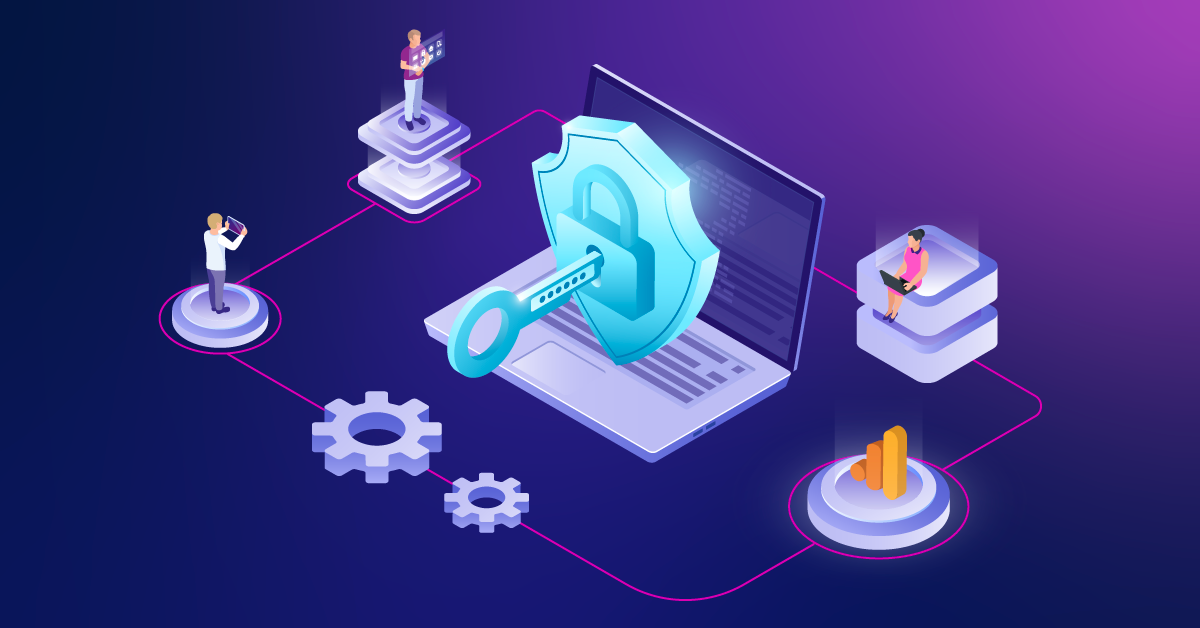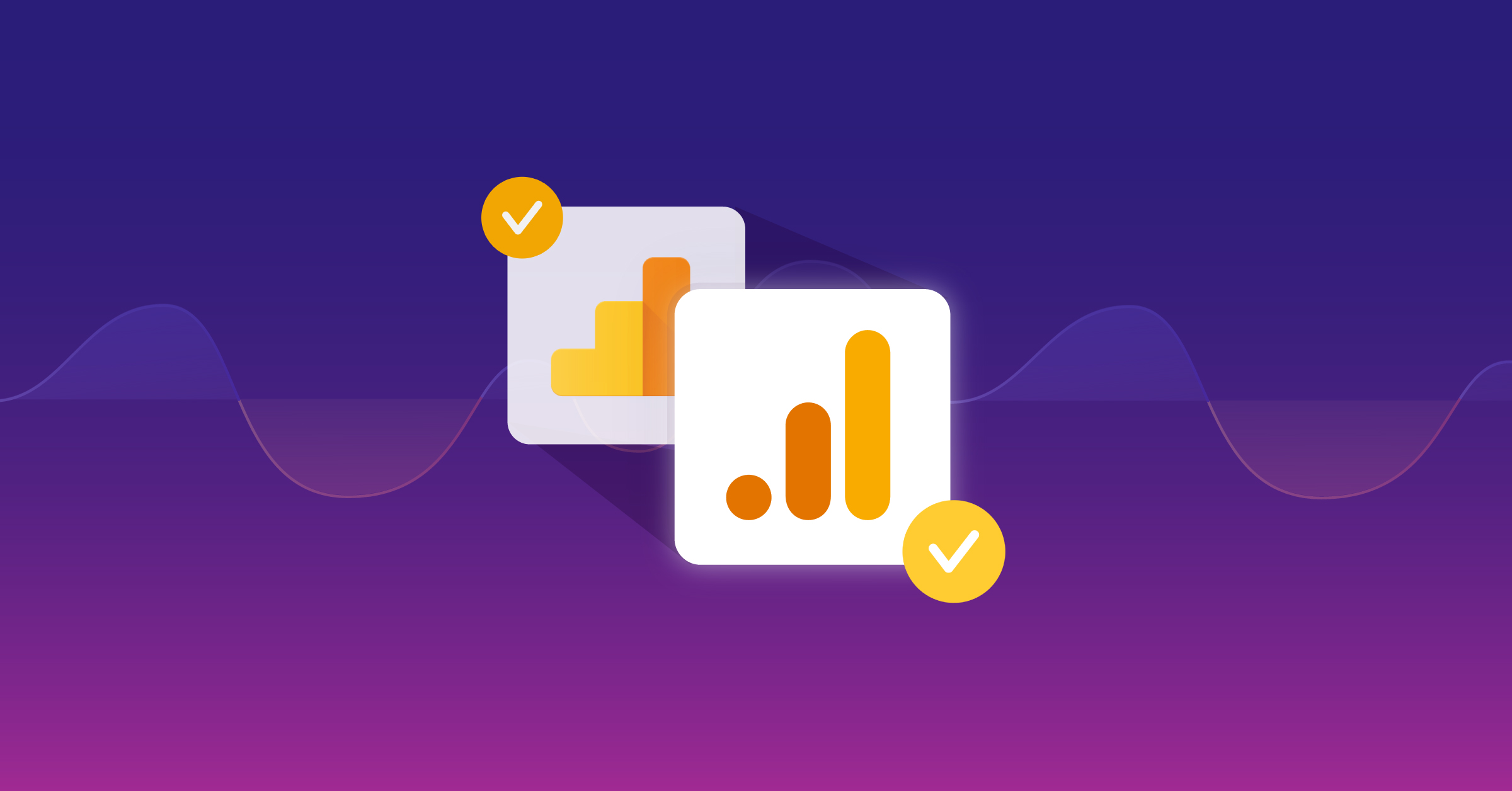6 Ways To Explain Google's (not Provided) And Hummingbird

It was a long week.
I am of course referring to Google’s encryption of organic search keywords that led to a spike in (not provided) data and an algorithm overhaul that drove business pundits wild.
“No, these are not related to spam like Panda and Penguin.”
“No, there do not seem to be new penalties to fear.”
“No, SEO is not dead.” It’s just evolving.
These updates change things in SEO, but it was not the changes themselves that made it was rough week. It was difficult because SEOs had to contact each client or report to their superiors to try to explain why the relative clarity that had once been enjoyed in online marketing was losing focus. It is now harder to satisfy the needs of our (potential) customers. Who likes making that phone call?
“No, I am not excited about it, either.”
“No, a different reporting suite won’t change anything.”
“No, I’m not crying.” It’s just allergies.
The truth is that this day has been coming for nearly two years and limited SEO data from the search engines is something we have been thinking about for some time.
That doesn’t make the phone call any easier.
How to Explain (not provided) to a Client
The Facts. Google introduced secure search in mid October 2011 that did not pass query data in the referral string. The update was said to affect a single digit percentage of search traffic. Within 6 months, +50 percent of (LunaMetrics’) search traffic had no query data, displayed in Google Analytics as (not provided). Now Google secures all search, leading to a (not provided) percentage of 96 percent (at LunaMetrics) and climbing.
The Silent Cashier. Let’s say that you own a corner store. Two years ago, cashiers at your store spoke to customers that came through the line, asking them what need brought them to the store, if they knew much about the store before arriving and how the product satisfied their need.
A law passed in October 2011 that allowed cashiers to wear ear buds with music for a portion of the day. Within 6 months, cashiers were listening to music half the day and were not able to talk to customers about their purchase. You lost +50% of the information about your clients. The law was updated in September 2013 to allow cashiers to wear ear buds all day. Now very little customer information is reported, leading to speculation at best for most sales.
Note: It is important to clarify that cashiers can still draw some conclusions while listening to music. For example, they can see that a customer has an iPhone in their hand or that someone is from Pittsburgh from their Pirates cap. But that’s only worth something to you if it’s worth something to you.
How to Explain Google’s Hummingbird to a Client
The Facts. Google’s search results have changed significantly over the years and so has the algorithm that determines them. Panda and Penguin were spam-related updates to an existing algorithm whereas Hummingbird is a new algorithm. Although this change affects more searches, it is not designed to penalize like the others. Danny Sullivan describes it as a 1950s car with a new engine.
The Pizza Joint. Hummingbird allows the algorithm to understand entire phrase queries, compared to one or two keywords, and more about search intent. Whereas a search for “best pizza joints” might have placed “Best Pizza Joints in America – 33 Pizzas of 2013” in the top spot, Google now uses more information to judge the search intent. “Pizza joints” is a synonym of “pizza restaurants.” “Restaurants” are places, which engages the searchers IP address to provide locally-relevant listings. “Best” might engage Zagat information to rank the results. The searcher now knows where to go for pizza.
The Speed Reader. LunaMetrics’ Sean McQuaide describes Hummingbird as learning to speed read. For the past 15 years, Google was a slow reader. It read (queries) one word at a time, trying to understand what each word meant. To Google, every sentence that did not include the same words in the same order had a different meaning, taking it longer to understand the meaning. Now Google understands larger phrases and how different phrases can have the same intent. “What’s up?” = greeting = “How are you?”
The Language Learner. Idioms are a huge hurdle for any language learner. The same words in one context mean something completely different in another. “You’re on thin ice!” means something much different while ice skating. Google went to Hummingbird Language School and now understands that phrases are more than words; language is contextual. Nice work, Google. Give me five!
Like I said from the start, these analogies might not make the call any easier, but they will help clients and bosses learn more quickly. After all, the faster we learn, the faster we evolve during this confusing time.
I am a little light on (not provided) metaphors. Does anyone have any other ideas?


